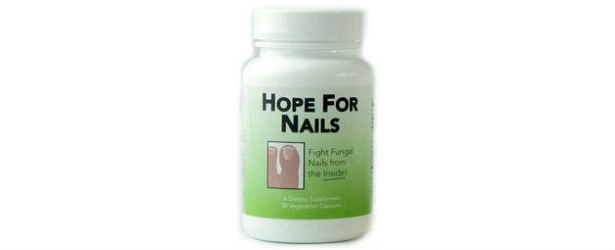
Paronychia: What it is and How to treat it
Paronychia is a disease that affects the perimeter of the nail. It causes the skin around the nail to hang loosely. It is more common in the United States, and is normally found in kids who bite their nails or suck on their fingers.
There are two forms of this infection, and the type of infection is determined by the length of time that the virus is in the body. Unlike most infections that affect the nail this is not a fungal infection, it is a viral one. It is typically caused by a mold or the yeast Candida. The condition can be passed from person to person through touch.
Causes of Paronychia
 Most forms of this disorder are caused by a break in the skin, typically a hang nail or the location where the nail is bitten. At times, the bacteria Streptococcus and Pseudomonas manage to get into the infected area and make it worse. If the infection is considered chronic, it is typically the result of a yeast called Candida.
Most forms of this disorder are caused by a break in the skin, typically a hang nail or the location where the nail is bitten. At times, the bacteria Streptococcus and Pseudomonas manage to get into the infected area and make it worse. If the infection is considered chronic, it is typically the result of a yeast called Candida.
The acute version of Paronychia happens when the skin around the nail swells and causes severe pain to the affected person. At times, pus can develop and can ooze from around the nail.
Chronic Paronychia lasts for a long time and can cause the skin around the nail to develop a greenish color.
Diagnosis
A diagnosis of acute paronychia is made by visual examination. The type of infection can be made by taking a culture of the pus and examining it. Once the type of infection is identified, a treatment can be described.
A chronic case of paronychia can be more difficult to diagnose. This is because the bacteria must be tested to ensure that it is properly treated.
Treatment for Paronychia
 One of the recommended treatments for paronychia is to massage the affected area under hot water 3 to 4 times per day. This can be extremely painful because any form of touch can really hurt.
One of the recommended treatments for paronychia is to massage the affected area under hot water 3 to 4 times per day. This can be extremely painful because any form of touch can really hurt.- Antibiotics like cephalexin may be prescribed.
- If the swelling is severe and the pain is extremely bad, they may have to puncture the location of the pus pocket and drain it.
- Part of the nail may have to be removed in some cases.
- An antifungal may be prescribed to treat it if the origin was determined to be fungal.
Things Not to Use to Treat Paronychia
- Do not use Antibiotics
- Do not take prescription steroids
Usual Cases Where Paronychia Has Affected
- AIDS and HIV Patients
- Patients on Steroids
- Patients with High Blood Sugar
- Poor Circulation
How To Prevent Paronychia
- Do not bite your nails
- Do not suck on your fingers
- Do not submerse hands or feet in water for prolonged periods of time without gloves
TOP 5
NAIL FUNGUSTreatments |
|||||
| Fungavir | ZetaClear | Nail-Rx | H-Nail Fungus | Dr. G’s | |
|---|---|---|---|---|---|
| 1 | 2 | 3 | 4 | 5 | |
| Price (1 bottle) Price (6 bottles) Best Value |
$49.95 $139.70 |
$49.95 $299.70 |
$19.95 $119.70 |
$69.95 $419.70 |
$14.99 $89.70 |
| Overall Rating | 99.40% | 81.60% | 79% | 72.90% | 69.10% |
| Effectiveness |





|





|





|





|





|
| Speed of Results | Extremely Fast | Good | Average | Average | Slow |
| Quality of Ingredients | Premium | Good | Good | Average | Unknown |
| Customer Satisfaction Evaluation | 99.30% | 82.50% | 78.90% | 76% | 69% |
| Safety Evalutation | Safe for Use | Safe for Use | Safe for Use | Safe for Use | Safe for Use |
| Customer Service Rating |





|





|





|





|





|
| Reorder Rate | Highest | Good | Good | Average | Average |
| Return Policy | Risk Free | 10% Restocking fee | 25% Admin Fee | Risk Free | No Guarantee |
| Success Rate | 99.20% | 80% | 76.50% | 72.30% | 69% |

 Subscribe Now
Subscribe Now











